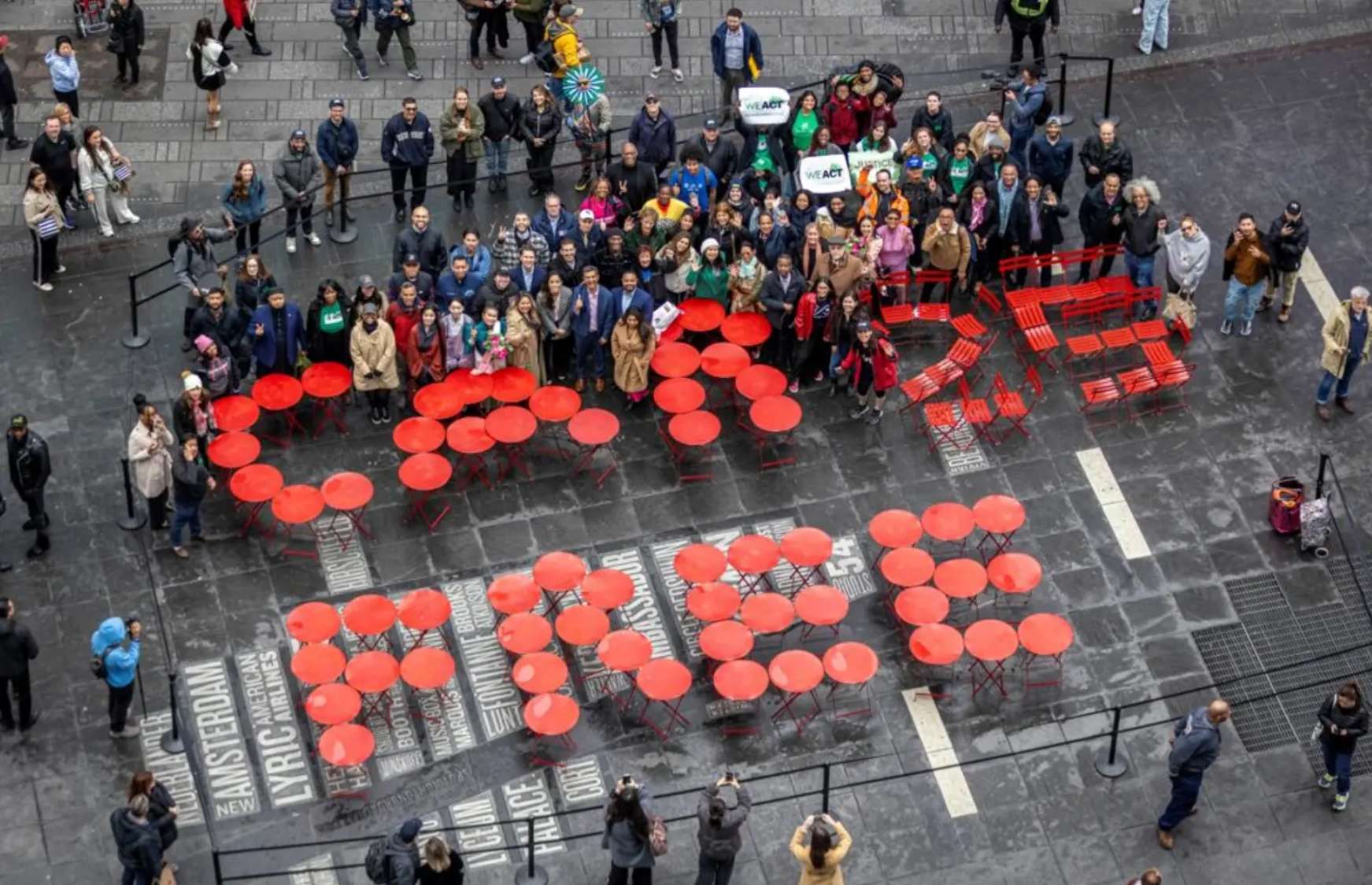Inline and ice speed skating are popular sports involving racing on skates. The history of these sports dates back to the early 1900s when ice speed skating was first introduced as a competitive sport. Inline skating, on the other hand, emerged in the 1980s as a recreational activity and later evolved into a competitive sport. Over the years, both sports have gained popularity and have become a part of the Olympic Games. In this article, we will explore the history of inline and ice speed skating and how they have evolved over time.
The Evolution of Speed Skating Equipment
Speed skating is a sport that has been around for centuries, with its roots dating back to the Netherlands in the 13th century. Over time, the sport has evolved, as has the equipment used by speed skaters. In this article, we will take a look at the history of inline and ice speed skating and how the equipment used in the sport has changed over time.
Ice speed skating has been an Olympic sport since the first Winter Olympics in 1924. The sport involves racing on a frozen oval track, with skaters reaching speeds of up to 60 miles per hour. The first ice skates were made of animal bones and were used for transportation rather than sport. It wasn’t until the 17th century that ice skating became popular in Europe, and the first ice skating clubs were formed.
The first ice speed skates were made of iron and had long blades that were attached to the skater’s boots. These skates were heavy and difficult to maneuver, but they allowed skaters to reach higher speeds than ever before. In the 19th century, the design of ice speed skates began to change, with shorter blades and lighter materials being used. This allowed skaters to make tighter turns and reach even higher speeds.
Inline speed skating, also known as rollerblading, is a relatively new sport that was first introduced in the 1980s. Inline skates have wheels arranged in a single line, unlike the two lines on traditional roller skates. This design allows skaters to reach higher speeds and make sharper turns than they could on traditional roller skates.
The first inline skates were made of plastic and had small wheels that were not suitable for high-speed skating. However, as the sport grew in popularity, manufacturers began to develop inline skates specifically designed for speed skating. These skates had larger wheels and a more aerodynamic design, allowing skaters to reach speeds of up to 30 miles per hour.
In recent years, the equipment used in both ice and inline speed skating has continued to evolve. Ice speed skates now feature carbon fiber blades that are lighter and stiffer than traditional steel blades. This allows skaters to transfer more power to the ice and reach even higher speeds. Inline speed skates have also seen improvements, with manufacturers developing more comfortable skates that offer better support for the skater’s feet.
One of the most significant changes in speed skating equipment in recent years has been the development of specialized suits. These suits are made of materials that reduce air resistance and improve the skater’s aerodynamics. They are also designed to compress the skater’s muscles, reducing fatigue and improving performance.
In conclusion, the history of inline and ice speed skating is fascinating, with the sport evolving over the centuries. The equipment used in speed skating has also changed significantly over time, with manufacturers constantly developing new designs and materials to help skaters reach higher speeds and improve their performance. As the sport continues to grow in popularity, it will be interesting to see what new innovations will be developed in the future.
Famous Speed Skaters Throughout History
Speed skating is a sport that has been around for centuries, with roots dating back to the Netherlands in the 13th century. Over time, the sport has evolved and branched out into different disciplines, including inline and ice speed skating. Throughout history, many famous speed skaters have made significant contributions to the sport and left a lasting legacy.
One of the most famous speed skaters of all time is Eric Heiden. Heiden was an American speed skater who competed in the 1980 Winter Olympics in Lake Placid, New York. He won five gold medals in all five-speed skating events, setting four Olympic records and one world record in the process. Heiden’s dominance in the sport was unparalleled, and he remains one of the most successful Olympic athletes of all time.
Another famous speed skater is Bonnie Blair. Blair is an American speed skater who competed in four Olympic Games, winning five gold medals and one bronze medal. She set two world records during her career and was known for her incredible speed and endurance on the ice. Blair’s success helped to popularize speed skating in the United States and inspired a new generation of athletes.
In the world of inline speed skating, Chad Hedrick is a name that stands out. Hedrick is an American inline speed skater who has won multiple world championships and set numerous world records. He also competed in the 2006 Winter Olympics in Turin, Italy, winning a gold medal in the 5000m event. Hedrick’s success in inline and ice speed skating has made him one of the most versatile and accomplished speed skaters ever.
Another famous inline speed skater is Joey Mantia. Mantia is an American inline speed skater who has won multiple world championships and set several world records. He also competed in the 2014 and 2018 Winter Olympics, winning a bronze medal in the mass start event in 2018. Mantia’s success in both inline and ice speed skating has made him a role model for young athletes looking to excel in the sport.
In addition to these famous speed skaters, many others throughout history have made significant contributions to the sport. From Apolo Ohno, the American short-track speed skater who won eight Olympic medals, to Sven Kramer, the Dutch long-track speed skater who has won multiple Olympic gold medals and world championships, speed skating has produced some of the most talented and dedicated athletes in the world.
Overall, inline and ice speed skating history is rich and varied, with many famous speed skaters leaving their mark on the sport. From Eric Heiden’s dominance in the 1980 Winter Olympics to Chad Hedrick’s versatility in both inline and ice speed skating, these athletes have inspired generations of speed skaters to push themselves to new heights. As the sport continues to evolve and grow, it is clear that the legacy of these famous speed skaters will continue to inspire and motivate athletes for years to come.
The Impact of Speed Skating on Winter Sports Culture
Speed skating has been a popular winter sport for centuries, with its origins dating back to the Netherlands in the 17th century. The sport has evolved over time, with different variations emerging, including inline and ice speed skating. Both forms of speed skating have significantly impacted winter sports culture, attracting millions of fans and athletes worldwide.
Inline speed skating, also known as roller speed skating, emerged in the 1980s as a variation of roller skating. It involves racing on inline skates with wheels arranged in a single line. The sport quickly gained popularity, with the first World Championships held in 1988. Inline speed skating has since become a recognized sport, with competitions held at national and international levels.
On the other hand, ice speed skating has been around for much longer. It originated in the Netherlands in the 17th century, where it was used as a means of transportation on frozen canals. The sport evolved, with the first official competition in 1863. Ice speed skating has since become a popular winter sport, with competitions held at the Olympic level.
Both inline and ice speed skating have had a significant impact on winter sports culture. They have attracted millions of fans and athletes worldwide, with many countries investing in the development of the sport. Speed skating has also become a source of national pride for many countries, with athletes representing their nations at international competitions.
One of the reasons for the popularity of speed skating is its accessibility. Unlike other winter sports such as skiing and snowboarding, speed skating can be practiced on both indoor and outdoor rinks. This makes it easier for people to participate in the sport, regardless of their location or climate.
Another reason for the popularity of speed skating is its competitive nature. The sport requires a combination of speed, endurance, and technique, making it a challenging and exciting sport to watch and participate in. Speed skating competitions are often closely contested, with athletes pushing themselves to their limits to achieve victory.
Speed skating has also significantly impacted the development of winter sports technology. Advances in equipment, such as skates and clothing, have helped athletes to improve their performance and break records. The development of indoor rinks has also made it possible for athletes to train year-round, regardless of weather conditions.
In conclusion, speed skating has significantly impacted winter sports culture, attracting millions of fans and athletes worldwide. Both inline and ice speed skating have evolved over time, with each form of the sport having its unique characteristics and challenges. Speed skating has become a source of national pride for many countries, with athletes representing their nations at international competitions. The accessibility and competitive nature of the sport, combined with technological advances, have helped to make speed skating one of the world’s most exciting and popular winter sports.






Add a comment